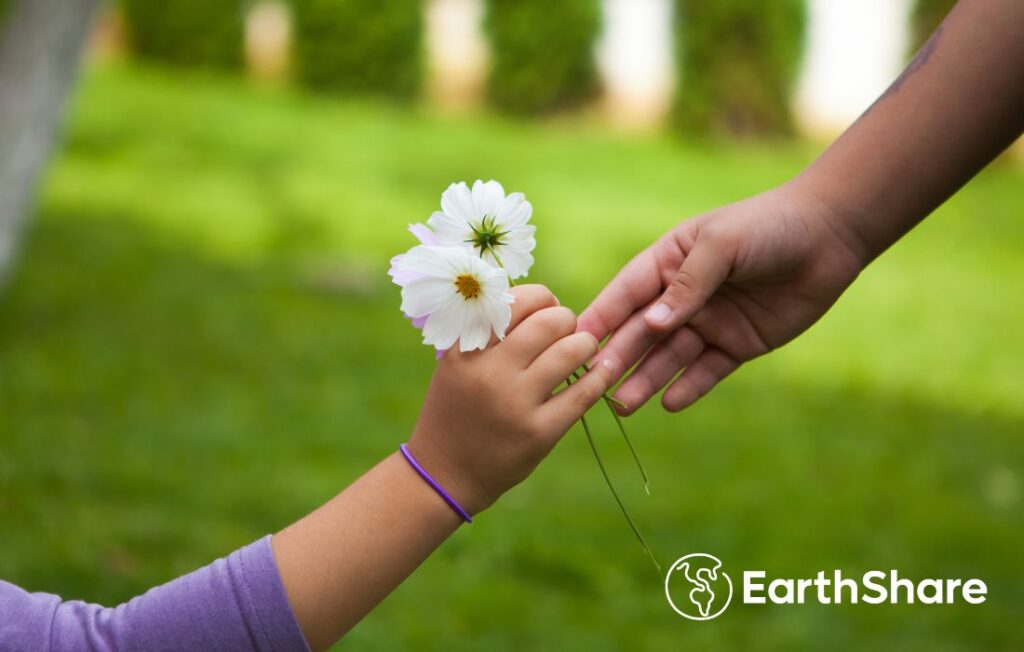
The Power of Giving Circles
Community-based philanthropy, amplified.
Giving circles. Maybe you’ve never heard the term before, or maybe it’s been a while; an old memory foggily resurfaced. Giving circles have been around for quite some time, dating back centuries to people and communities interested in amplifying their support of various causes, from mutual aid to the arts. While not frequently discussed, this unique form of giving is still around today and it’s having a significant impact among donors in communities worldwide.
A giving circle is simply a group of people with common interests that come together to fiscally support one or more nonprofits or issue areas that matter to them. A giving circle can be a group of friends, family members, coworkers, or even strangers—the shared interest/cause area is what most defines the circle. Together, participants pool their funds and elect where to donate them. How this takes place ultimately depends on the specific giving circle and its members. For example, a giving circle can be formed around a single cause and/or on behalf of a single nonprofit, or members can rotate who selects which nonprofit to donate to each month.
A History of Giving Circles
It would be disingenuous to talk about the history of giving circle without talking about the history of Black philanthropy in America and, in particular, the leadership of Black women in establishing the core principles of communal wellbeing and social change that have come to define the world of modern philanthropy.
At the turn of the 20th century, much of White philanthropy was highly impersonal and generic, such as family funds that lacked any direct connection with the community. Oppositely, Black communities—and Black women in particular—placed a much larger emphasis on distributing resources within the community, volunteering time and talents for communal gain, and engineering positive social change, including social resistance. Examples of giving circles within Black communities date all the way back to the late 18th century.
In the 1990s, giving circles in America had a resurgence—largely thanks to the invention of the internet. It became easier than ever for people with shared interests to find one another and identify causes important to them. The Women’s Philanthropy Institute created a database of more than 1,600 U.S.-based giving circles in 2016; a number that has nearly tripled to 4,000 in just a matter of years. A report from Philanthropy Together suggests this number will once again triple over the next five years.
Giving Circles and Workplace Giving
Another example of the modernization of giving circles is that of employee giving. It’s a way to invite inclusivity and purpose into the workplace while offering tangible ways for employees to collaborate on and contribute toward a positive social impact. This can include individual employee giving, company-provided funds for donation, or even volunteer time and resource donation.
Workplace giving and employee giving circles are ways to go beyond traditional engagement models and truly embrace corporate social responsibility (CSR) in a modern way that resonates with workers and consumers alike. Employees feel more involved in the company and with one another. It encourages flexibility, meeting needs when and where they arise, and it has a positive impact that employees can see first-hand.
Plus—bonus!—it’s highly flexible. Companies can encourage active participation by having employees come together to decide where to direct philanthropic dollars, either from the business itself or from voluntary employee contributions. Giving platforms, like that of EarthShare’s, also offer donor choice, so companies can match dollars donated by their employees to 1 million+ nonprofits across the country, once again increasing impact. Ultimately, the core concept is the same: coming together as a collective to have a positive effect on the community.
The Benefits of Giving Circles and How to Get Started
We’ve talked about the community benefits of a giving circle. When you pool your money together, giving whatever you can in the moment, you have an opportunity to exponentially increase the good that money can do. Ten dollars might not seem like much, but ten dollars, when donated by ten people, means a much more significant gift to the charity of your choice. Make that a regular occurrence, and you have a much more sustainable model of giving that can uplift everyone involved.
How to Create a Giving Circle
Great news: there are no special skills necessary to create a giving circle! You just need passion and a little bit of organization. To start,
Gather a group of people together in-person or virtually.
Determine what cause or causes you are interested in supporting. You can do this by discussing the values, issue areas, and goals of everyone in the group. Consider: What is the impact you’re looking to achieve?
Decide how much money each person is going to contribute. (This can be one-off, monthly, quarterly—whatever makes the most sense for your giving circle members.)
Choose how you want to conduct the grant-making process. (Who collects the funds? Where are they collected? Who distributes them to the elected charities? Etc.)
Finalize the details about what’s next: how regularly the giving circle will meet, who is taking leadership of the logistics or is the responsibility rotating between members, etc.
How to Join an Existing Giving Circle
Interested in being part of a giving circle but not sure if you want the responsibility of starting your own? Look into existing giving circles open to the public that support causes you care about.
You can search giving circle databases on the following sites:
Your search isn’t limited to the above two resources, but these are a great place to get started and see what’s out there. Just make sure that the giving circle(s) you’re considering lends toward your philanthropic goals, has a donation cycle you’re comfortable with, and aligns with your morals and values. As a quick gut-check, you may consider reviewing their past grantees to ensure your interests are in line.
Brought to you by
CONTENT QUESTIONS:
info@earthshare.org
PLATFORM QUESTIONS:
support@earthshare.org


